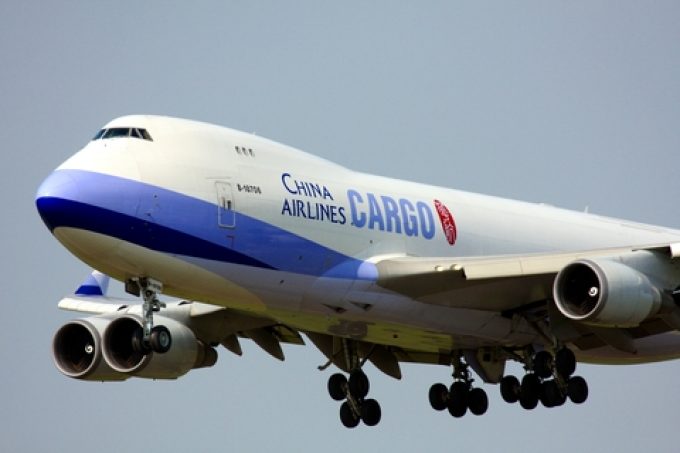Tariff truce for Canada and Mexico – China retaliates, but lightly
Donald Trump’s use of tariffs for leverage and ‘deal-making’ was proven yesterday when those to ...

China Cargo Airlines has set its sights on Latin America, planning to launch a freighter service to Miami in the new year.
The airline has signed up Worldwide Flight Service to handle its flights, using B777Fs three days a week from its Shanghai base, in Miami on a three-year contract.
It is the first freighter operation by a mainland China-based airline to Miami, the primary gateway to and from Latin America. China Cargo also serves Los ...
'Disastrous' DSV-Schenker merger would 'disrupt European haulage market'
New senior management for DSV as it readies for DB Schenker takeover
Volumes set to 'fall off a cliff' as US firms hit the brakes on sourcing and bookings
Asian exporters scramble for ships and boxes to beat 90-day tariff pause
Amazon pushes into LTL for small package fulfilment and UPS does a u-turn
Temporary tariff relief brings on early transpacific peak season
Pre-tariff rush of goods from US to China sees air rates soar, but not for long
Forwarders 'allowing the fox into the chicken run' by supporting 'hungry' carriers

Comment on this article